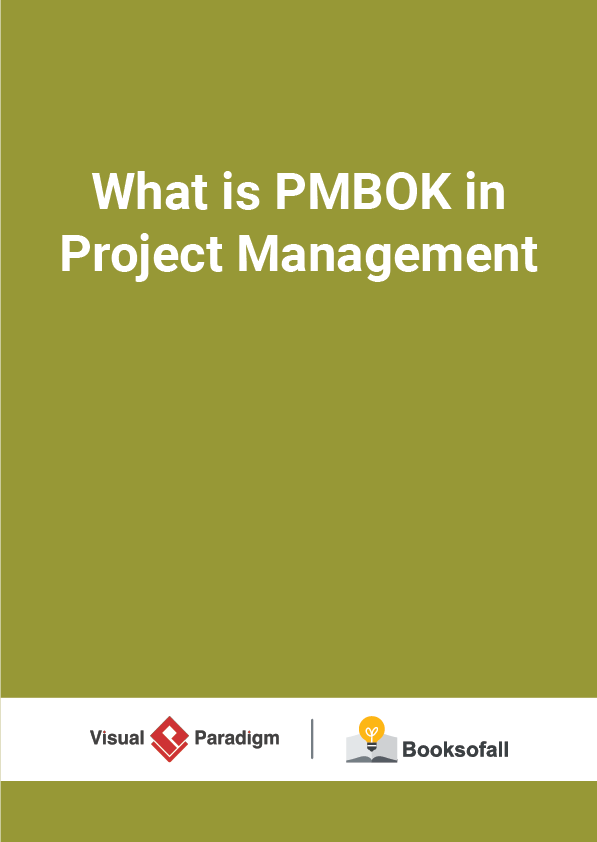Project Management – 7 Simple Steps to Start Project
4-5 minutes
The start-up of a project is similar to the start-up of a new organization called the initiation phase of the project. The project initiation phase is the first phase within the project management life cycle, as it involves starting up a new project. In this phase, the idea for the project is explored and elaborated. The goal of this phase is to examine the feasibility of the project. Within the initiation phase, the business problem is identified, a solution is defined, a project is formed, and in addition, decisions are made concerning who is to carry out the project, which stakeholders will be involved and whether the project has an adequate base of support among those who are involved. Questions to be answered in the initiation phase include the following:
- Why this project?
- Is the project feasible?
- Who are possible the stakeholders involved in this project?
- What is the expected outcome and value for the business?
- What is the scope within this project (or what is outside the scope of the project)?
In this phase, the prospective project leader writes a proposal, which contains a description of the above-mentioned matters. The prospective sponsors of the project evaluate the proposal and, upon approval, provide the necessary financing. The project officially begins at the time of approval. The project leader is responsible to manage the following project startup process:
1. Stakeholder Alignment: The project management team must develop alignment among the major stakeholders for those who have a share or interest on the project during the early phases or definition phases of the project. The management of powerful and influencing project stakeholders is crucial for a project’s success.
2. Kickoff Meetings: The project manager will conduct one or more kickoff meetings or alignment sessions to bring the various parties of the project together and begin the project team building required to operate efficiently during the project.
3. Scope of Work: During project start-up, the project management team refines the scope of work (SOW) and develops a preliminary schedule, conceptual budget, high-level scope, high-level risks, business need, project manager information, etc.
4. Project Plan: The project team builds a plan for executing the project based on the project profile. The plan for developing and tracking the detailed schedule, the procurement plan, and the plan for building the budget and estimating and tracking costs are developed during the start-up. The plans for information technology, communication, and tracking client satisfaction are all developed during the start-up phase of the project.
5. Work Processes: Flowcharts, diagrams, and responsibility matrices are tools to capture the work processes associated with executing the project plan. The first draft of the project procedures manual captures the historic and intuitional knowledge that team members bring to the project. The development and review of these procedures and work processes contribute to the development of the organizational structure of the project.
6. Project Approval: This is typically an exciting time on a project where all things are possible. The project management team is working many hours developing the initial plan, staffing the project, and building relationships with the client.
7. Task Assignment: The project manager creates an environment that encourage steam members to fully engage in the project and encourages innovative approaches to developing the project plan. The project manager sets the tone of the project and sets expectations for each of the project team members. The project start-up phase on complex projects can be chaotic, and until plans are developed, the project manager becomes the source of information and direction.











